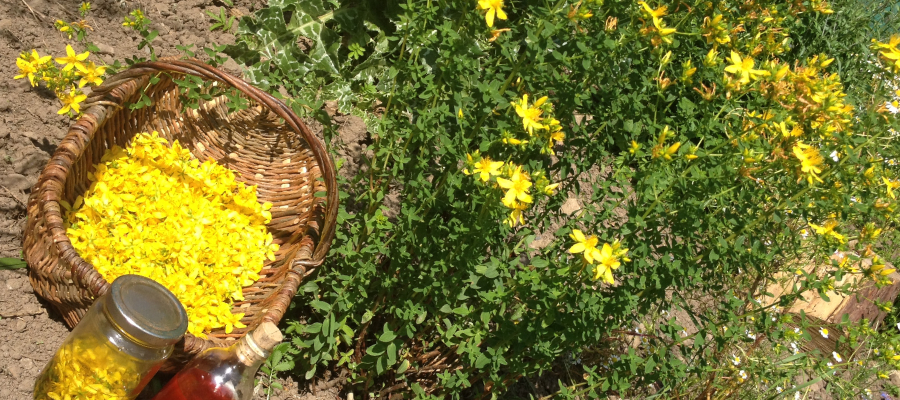This very alluring native plant is recognisable by most each summer as it makes itself known along roadsides in the ditches, by streams and in wetlands across Ireland. It’s our native Purple Loosestrife (Lythrum salicaria). Here at Ivywood it’s found in abundance especially growing around our little lake.
It is a lesser used plant in herbal medicine in Ireland so having so much of it on the land this summer I have been enjoying learning more about and observing Purple Loosestrife. So far, we have been harvesting it for drying and tincturing. Before it passes for the season, we hope to find time to steam distil Lythrum salicaria.
In American herbalist and acupuncturist Timothy Lee Scott’s book ‘Invasive Plant Medicine’ he writes about Purple Loosestrife’s many medicinal attributes including its anti-microbial, anti-fungal and anti-inflammatory actions against common bacterial and fungal infections such as Staphylococcus aureus, E.Coli, Proteus mirabilis and Candida albicans. It is also considered useful for other lung and digestive infections and liver protective. In the U.S. it is generally disliked as a non-native invasive plant brought by European colonialists but many botanists and plant researchers there also understand it’s importance as a regenerative plant to wetlands, an excellent food source for bees and also as a medicine.
Many herbalists refer to Mrs. Maud Grieves account in her book ‘A Modern Herbal’ of Lythrum being an excellent substitute for Eyebright (Euphrasia spp.). This interests me as we had masses of Eyebrights of different species growing in Sligo but just a few here at Ivywood which I haven’t properly identified yet. There are over 20 species of Eyebright in Ireland. We found it very useful dried and mixed with our dried Goldenseal root (Hydrastis canadensis), our Marigold flower Calendula off.) and Ju Hua flower (Chrysanthemum morifolium) and used as a compress for bacterial and viral eye infections. It will be interesting to see how well Purple Loosestrife compares as a substitute for this use.
Last October I had the privilege to perform a wedding ceremony for friends. They wished for the energy and spirit of the plants to be brought into their ceremony where they chose four plants including Purple Loosestrife to be burnt in offering. The groom wished to offer this plant as it brings peace and harmony between a couple and conveys a willingness for one to always endeavour to find peace with their loved one and seek harmony within their relationship.
I certainly will enjoy exploring the medicine of and connecting to the energy of this new neighbour Purple Loosestrife over the coming years and I look forward to sharing my own experiences of this beauty in time.












